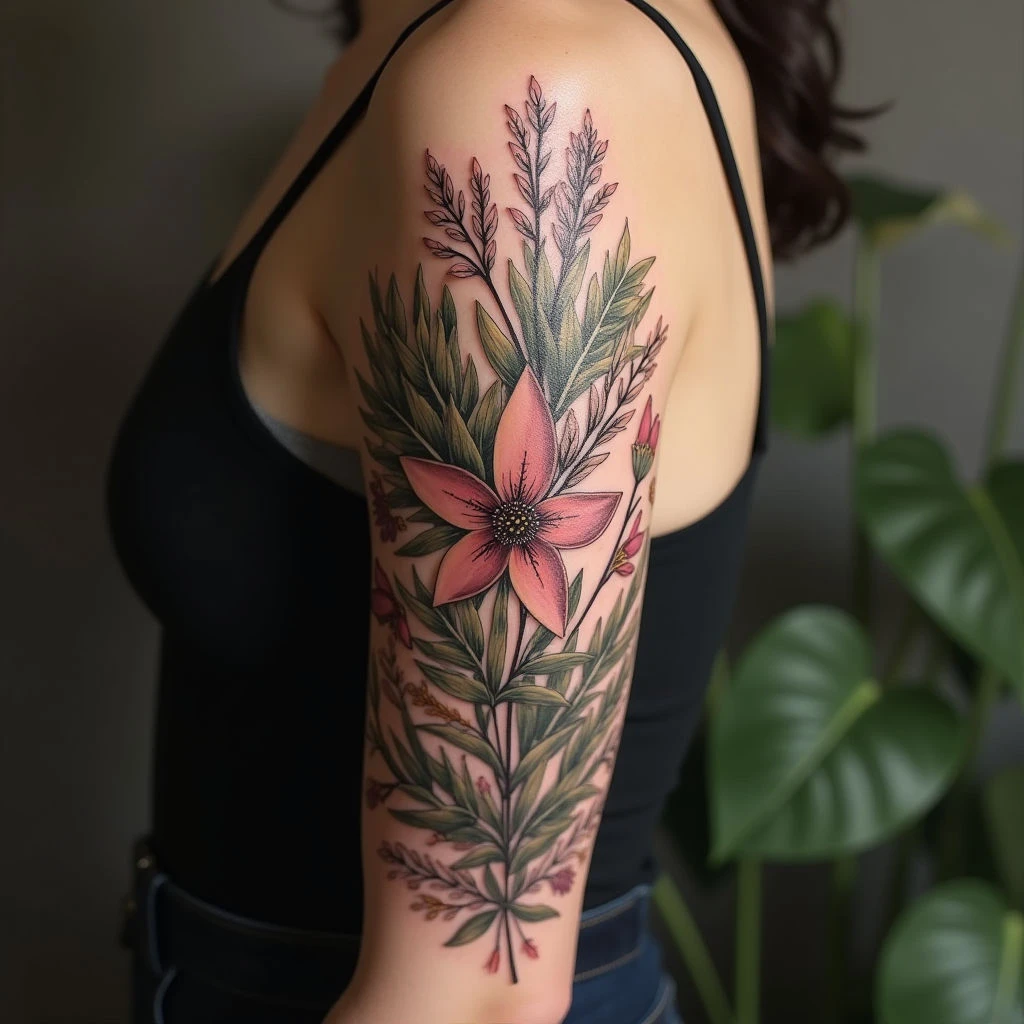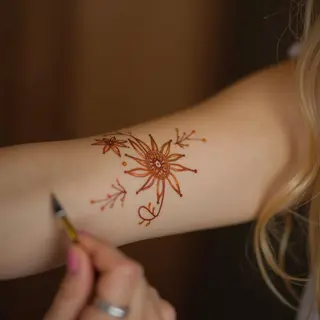Botanical Sleeve Design Concepts
The lower sleeve—it’s a unique canvas, really. A space where natural artistry can truly shine. Designing for this area demands careful thought about the arm's shape and how your imagery will flow with it.
Captivating Botanical Sleeve Ideas
Let’s explore some concepts, focusing on botanical realism to celebrate the beauty of the natural world. It's about more than just decoration; it’s about capturing a feeling.
Forest Canopy
Imagine a cascading forest scene, starting subtly near the wrist and gradually expanding towards the elbow. Think layers: delicate ferns and mosses at the base, then sturdy trunks and branches, finally a canopy of leaves catching sunlight. Paying close attention to leaf venation and bark texture is essential for that realistic feel.
Seasonal Flora Progression
A sleeve can beautifully show the cycle of plant life. Picture spring blossoms (cherry or apple, perhaps) near the wrist, transitioning to summer foliage—lush green leaves and wildflowers like poppies or lupines. Then, autumn hues in fiery reds and oranges, finishing with winter branches adorned with berries or snow. It’s a narrative approach that adds real depth.
Root System & Above-Ground Growth
This concept explores the connection between everything. Visualize intricate roots anchoring a majestic tree—a symbol of stability and hidden strength. As the design rises, show the tree’s branches reaching for the sky, representing aspiration and growth.
Native Plant Ecosystem
Consider plants native to your area or those that hold personal meaning. It’s not just visually striking; it also honors the local flora and fauna. Adding wildflowers, grasses, even small creatures like butterflies or bees can complete the scene.
Key Considerations for Botanical Realism
Achieving true botanical realism requires attention to detail. Here are a few key points:
- Anatomy is paramount: Accurate leaf structures, flower petal arrangements, and bark textures elevate the tattoo from decoration to art.
- Light & Shadow: Masterful shading creates depth and dimension—observe how light interacts with plants in nature and replicate that effect.
- Flow and Composition: The design should wrap seamlessly around the arm, guiding the eye naturally.


